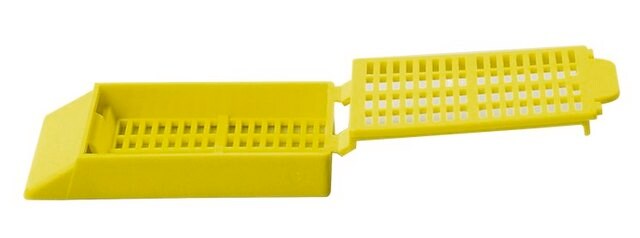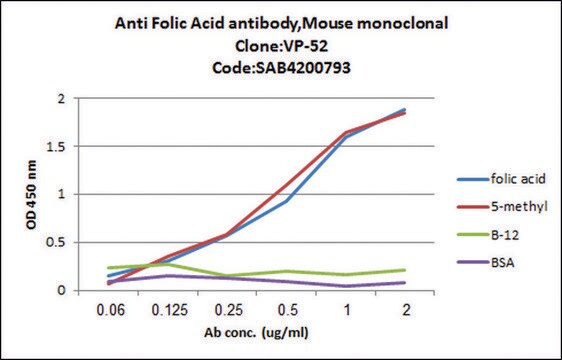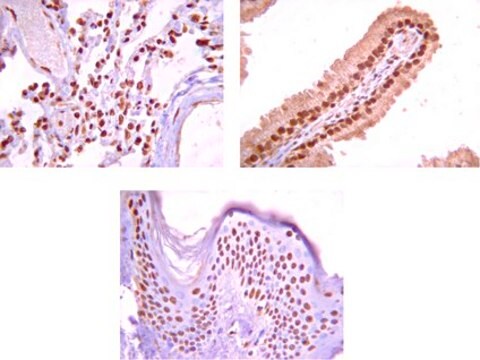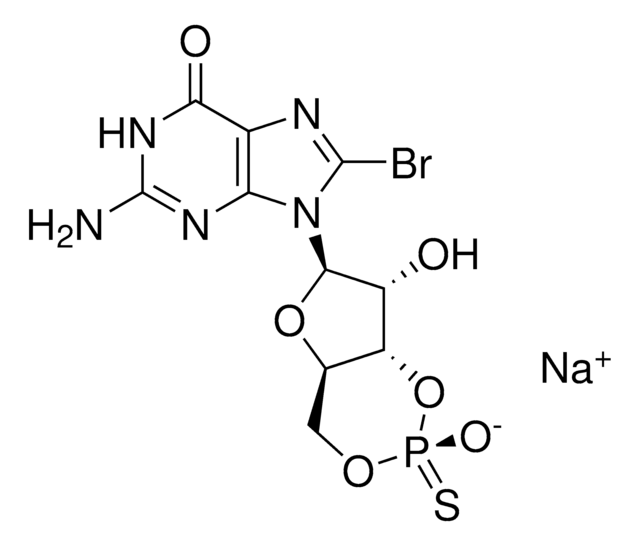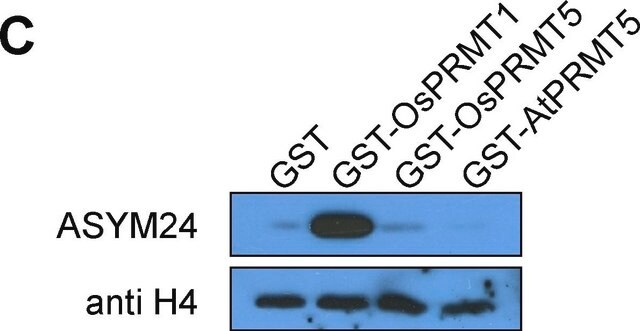K3769
KW-3902
≥98% (HPLC)
Sinonimo/i:
1,3-dipropyl-8-(3-noradamantyl)xanthine, 8-(Hexahydro-2,5-methanopentalen-3a(1H)-yl)-3,7-dihydro-1,3-dipropyl-1H-purine-2,6-dione, MK-7418, Rolofylline
About This Item
Prodotti consigliati
Saggio
≥98% (HPLC)
Forma fisica
solid
Solubilità
DMSO: 20 mg/mL
soluble
Temperatura di conservazione
2-8°C
Stringa SMILE
CCCN1C(=O)N(CCC)c2[nH]c(nc2C1=O)[C@]34C[C@H]5C[C@H](C[C@@H]3C5)C4
InChI
1S/C20H28N4O2/c1-3-5-23-16-15(17(25)24(6-4-2)19(23)26)21-18(22-16)20-10-12-7-13(11-20)9-14(20)8-12/h12-14H,3-11H2,1-2H3,(H,21,22)/t12-,13+,14-,20-
PJBFVWGQFLYWCB-OYEQCZOJSA-N
Azioni biochim/fisiol
Caratteristiche e vantaggi
Indicazioni di pericolo
Consigli di prudenza
Classi di pericolo
Aquatic Chronic 4
Codice della classe di stoccaggio
11 - Combustible Solids
Classe di pericolosità dell'acqua (WGK)
WGK 3
Punto d’infiammabilità (°F)
Not applicable
Punto d’infiammabilità (°C)
Not applicable
Certificati d'analisi (COA)
Cerca il Certificati d'analisi (COA) digitando il numero di lotto/batch corrispondente. I numeri di lotto o di batch sono stampati sull'etichetta dei prodotti dopo la parola ‘Lotto’ o ‘Batch’.
Possiedi già questo prodotto?
I documenti relativi ai prodotti acquistati recentemente sono disponibili nell’Archivio dei documenti.
Articoli
We offers many products related to adenosine receptors for your research needs.
Il team dei nostri ricercatori vanta grande esperienza in tutte le aree della ricerca quali Life Science, scienza dei materiali, sintesi chimica, cromatografia, discipline analitiche, ecc..
Contatta l'Assistenza Tecnica.
